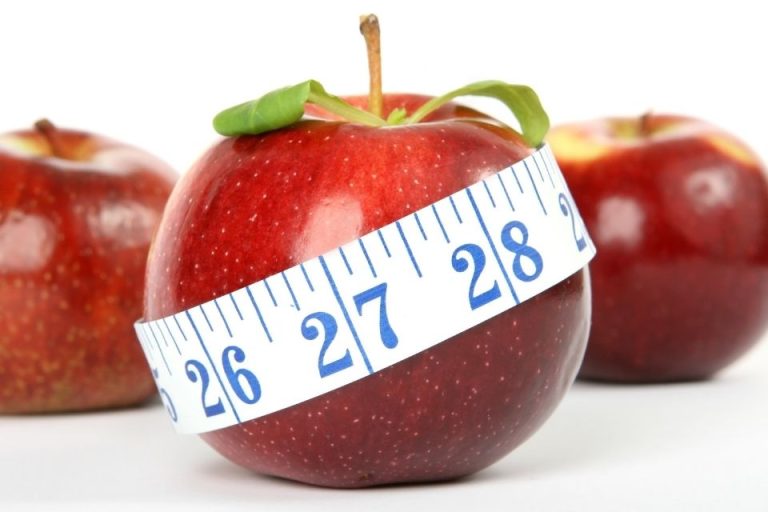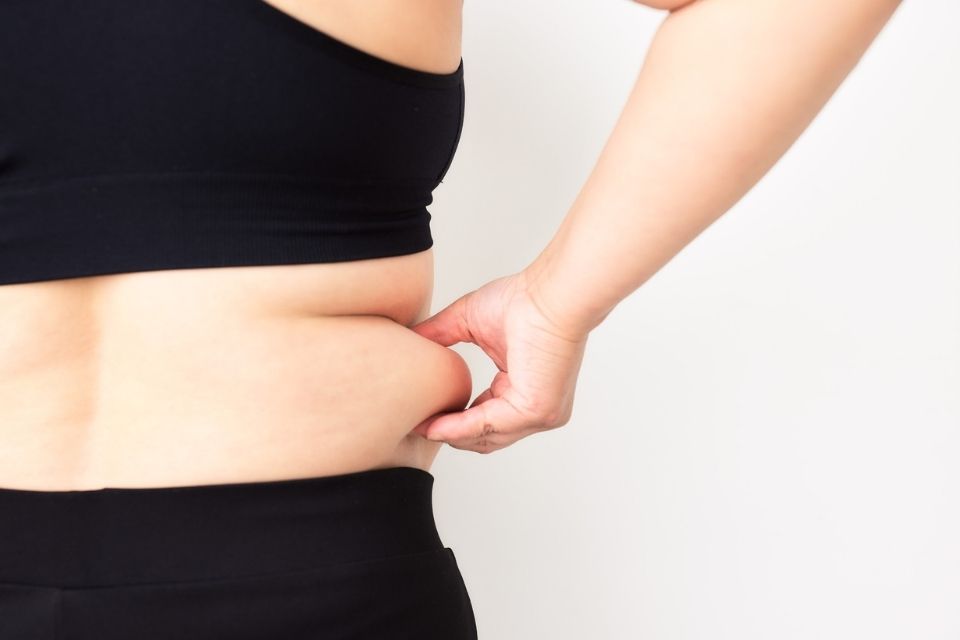One of the most common questions in fitness and nutrition is: “How many calories should I eat to lose weight?”
The answer isn’t the same for everyone. Your ideal calorie intake depends on several factors: your Basal Metabolic Rate (BMR), activity level, body composition, and goals.
While the principle of weight loss is simple, burn more calories than you consume, applying it in real life requires strategy.
In this article, we’ll explain how to calculate your daily calorie needs, how much of a deficit is safe, and how to balance nutrition and exercise for lasting results. We’ll also connect this to other guides, like what is BMR, calories burned walking, and what is cardio.
Step 1: Understand the basics of weight loss
Weight loss happens when you are in a calorie deficit, meaning you consume fewer calories than your body burns.
- 1 pound of fat = ~3,500 calories
- A daily deficit of 500 calories = about 1 pound (0.5 kg) of fat loss per week
This is considered safe and sustainable by most nutrition experts.
Step 2: Calculate your BMR
Your BMR is the number of calories your body burns at rest. It represents your baseline energy needs for essential functions like breathing, circulation, and cell repair.
Example:
- Woman, 30 years old, 65 kg, 165 cm
- BMR ≈ 1,450 calories/day
This is her minimum daily calorie burn, without accounting for activity.
Step 3: Estimate your TDEE
To know your real daily needs, you must calculate TDEE (Total Daily Energy Expenditure), which includes physical activity:
- Sedentary: BMR × 1.2
- Lightly active: BMR × 1.375
- Moderately active: BMR × 1.55
- Very active: BMR × 1.725
Example:
- Our woman’s BMR = 1,450
- Moderately active → TDEE = 1,450 × 1.55 = 2,248 calories/day
This is how many calories she needs to maintain her weight.
Step 4: Create your calorie deficit
To lose weight, subtract calories from your TDEE.
- Moderate deficit: −300 to −500 calories/day → 0.5 kg per week (sustainable)
- Aggressive deficit: −700 to −1,000 calories/day → faster loss, but harder to maintain
Example:
- TDEE = 2,248
- Goal: −500 calories/day
- Daily intake = ~1,750 calories
Step 5: Balance nutrition, not just numbers
It’s not only about calories — quality matters too.
- Protein: essential for preserving muscle during weight loss.
- Carbohydrates: main source of energy for workouts.
- Fats: important for hormones and brain function.
- Fiber & vegetables: improve satiety and digestion.
For best results, aim for:
- 40–50% carbs
- 25–30% protein
- 20–30% healthy fats
Exercise and calorie needs
Exercise increases calorie burn and allows for more flexibility in your diet.
- Cardio workouts (like running or walking) burn calories directly.
- Strength training (see our leg workout guide) builds muscle, which increases your BMR in the long run.
The best approach is to combine both: cardio for calorie burn, strength training for metabolism boost.
Example daily calorie goals
- Sedentary woman, 60 kg: Maintenance = 1,800 → Weight loss goal = 1,300–1,500
- Active man, 80 kg: Maintenance = 2,600 → Weight loss goal = 2,100–2,300
- Very active woman, 70 kg: Maintenance = 2,300 → Weight loss goal = 1,800–2,000
These are general estimates; individual needs vary.
Common mistakes when counting calories
- Cutting too much: Very low-calorie diets slow metabolism and cause muscle loss.
- Ignoring liquid calories: Drinks like soda, juices, and alcohol add up quickly.
- Not tracking portions: Small underestimations add hundreds of calories per day.
- Skipping protein: Leads to hunger and loss of lean mass.
Should you eat back exercise calories?
Many apps show you how many calories you burned during workouts. Whether to “eat them back” depends on your goal.
- If weight loss is slow: Try not eating all your exercise calories back.
- If energy is too low: Add some calories from protein or healthy carbs.
The key is monitoring progress and adjusting weekly.
Safe rate of weight loss
Experts recommend losing 0.5–1 kg (1–2 lbs) per week. Faster loss can cause muscle loss, fatigue, and nutrient deficiencies.
Remember: consistency matters more than speed.
Customize your workout!
So, how many calories should you eat to lose weight? The answer is unique to each person, but the process is clear:
- Calculate your BMR
- Estimate your TDEE
- Create a calorie deficit (500/day is a good start)
- Balance your diet with protein, carbs, and fats
- Combine cardio and strength training for best results
By applying these steps, you’ll achieve sustainable, long-term fat loss without harming your health.
Download the Befit app to calculate your daily calorie needs, log meals and workouts, and track your progress toward your weight loss goals.








